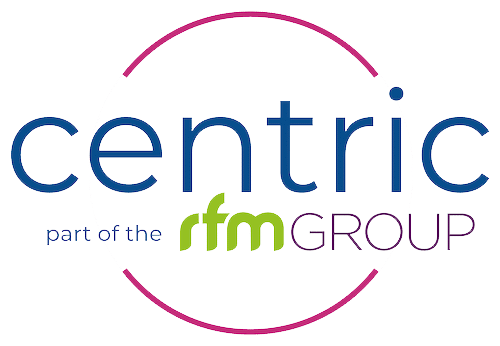Refurbishing your office space can be a daunting task, but with careful planning and preparation, it can transform your workspace into a productive and inspiring environment. From decluttering to designing layout plans, every step is crucial for a successful refurbishment project.
In this guide, we will delve into the essential steps to prepare your office for refurbishment in order to achieve your desired outcome.
Assessing Current State: Declutter and Evaluate
Before diving into the refurbishment process, it’s imperative to assess the current state of your office space. Begin by decluttering the area to get rid of unnecessary items that may hinder the refurbishment process. Evaluate the existing layout, furniture, and fixtures to identify what needs to be replaced, upgraded, or retained.
Conduct a thorough inventory of furniture and equipment. Determine what can be repurposed, what needs to be replaced due to wear and tear, and what can be donated or disposed of.
Setting Clear Objectives: Define Goals and Priorities
Clearly defining your objectives and priorities for the refurbishment project is essential for its success. Whether it’s creating a more collaborative workspace, improving functionality, or enhancing aesthetics, establish clear goals to guide the refurbishment process.
Example: If one of your objectives is to promote employee well-being, prioritise features such as ergonomic furniture, ample natural light, and greenery in the office design.
Budget Planning: Allocate Resources Wisely
Developing a realistic budget is crucial to ensuring that your refurbishment project stays within financial constraints. Consider all expenses, including materials, labour costs, and unforeseen contingencies, when allocating resources for the refurbishment.
Obtain quotes from multiple contractors and suppliers to compare costs and negotiate favourable rates. Allocate a portion of the budget for unexpected expenses to avoid overspending.
Engage Stakeholders: Involve Employees in the Process
Involving employees in the refurbishment process can foster a sense of ownership and engagement in the workplace transformation. Seek input from staff members regarding their preferences, needs, and concerns to create a workspace that caters to their requirements.
Conduct surveys or workshops to gather feedback from employees on aspects such as layout, colour schemes, and amenities. Encourage open communication to address any apprehensions or suggestions from staff members.
Designing Layout: Optimise Space Utilisation
Efficient space utilisation is key to maximising productivity and functionality in your refurbished office. Carefully plan the layout to accommodate various work activities, collaboration zones, and circulation areas while maintaining a cohesive and ergonomic design.
Implement flexible workstations that can be easily reconfigured to accommodate different tasks and team sizes. Create designated zones for focused work, meetings, and relaxation to cater to diverse work preferences.
Sourcing Materials and Suppliers: Ensure Quality and Sustainability
Selecting high-quality materials and reputable suppliers is essential for the durability and sustainability of your refurbished office space. Consider eco-friendly options and suppliers with a track record of delivering reliable products and services.
Choose sustainable materials such as recycled furniture, low-VOC paints, and energy-efficient lighting fixtures to reduce environmental impact. Partner with suppliers who adhere to ethical labour practices and support local businesses where possible.
Finalising Plans and Timeline: Coordinating Logistics
Once all necessary preparations are complete, finalise the refurbishment plans and establish a realistic timeline for implementation. Coordinate logistics with contractors, suppliers, and relevant stakeholders to ensure a smooth execution of the project.
Create a detailed schedule outlining key milestones, deadlines, and responsibilities for each phase of the refurbishment. Regularly communicate updates and progress to stakeholders to keep them informed and engaged throughout the process.
Plan, Plan, Plan
Preparing your office for refurbishment requires careful planning, coordination, and attention to detail. By following the steps outlined in this guide, you can ensure that your refurbishment project is executed efficiently and achieves your desired outcomes. From decluttering and goal-setting to designing layouts and sourcing materials, each step plays a crucial role in transforming your office into a modern, functional, and inspiring workspace.



